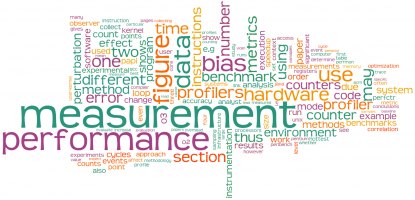We continue this week with our discussion on Performance Measurement. Last week we explored some practical examples on how businesses in different sectors can measure their performance using NFPIs.
This week we conclude the topic by looking at the product or service that the business offers and how the business can measure the performance of their operations.
The product or service that the business offers is the ‘raison d`etre’ of the business or the purpose of its existence. A lack of quality can lead to customer dissatisfaction and loss of sales. A company should always critically and objectively review their offering and compare it to the competition and customer expectations and needs. Business owners or managers should ask themselves:
· Is my product or service offering good value?
· Does it deliver quality superior performance?
· How does it fair relative to competitors?
· With industry developments, can my product or service remain relevant with changing technological trends?
In Summary, the following are good examples of NPFIs:
Product quality
- Percentage of items rejected by quality control
- Number of items returned by customers
Product delivery
- Percentage of customer orders delivered on time
- Waiting time from order to delivery
- Cycle time
Customer satisfaction
- Number of customers returning
- Number of complaints
After-sales service
- Waiting time
- Number of complaints
- Use of customer surveys to measure their satisfaction.
Benefits of Non-Financial Performance Indicators
The balanced scorecard philosophy asks the critical questions at the heart of business growth and sustainability. It looks at performance from four perspectives:
1. Customer Perspective –how do we look to the client, customer ratings?
2. Internal business process perspective –at what must we excel?
3. Learning & growth perspective –continuous change and growth in a dynamic innovative age.
4. Financial perspective –how do we look to shareholders?
These four factors complement each other; for example, relatively greater customer satisfaction will result in greater revenues and profits, consequently improving the financial perspective.
Financial performance measures are lagging indicators of performance, this is because financial performance is a result of past decisions. On the other hand, NFPIs are lead indicators in that they drive future financial performance as they focus on the customer, internal business processes and learning and growth.


Leave A Comment